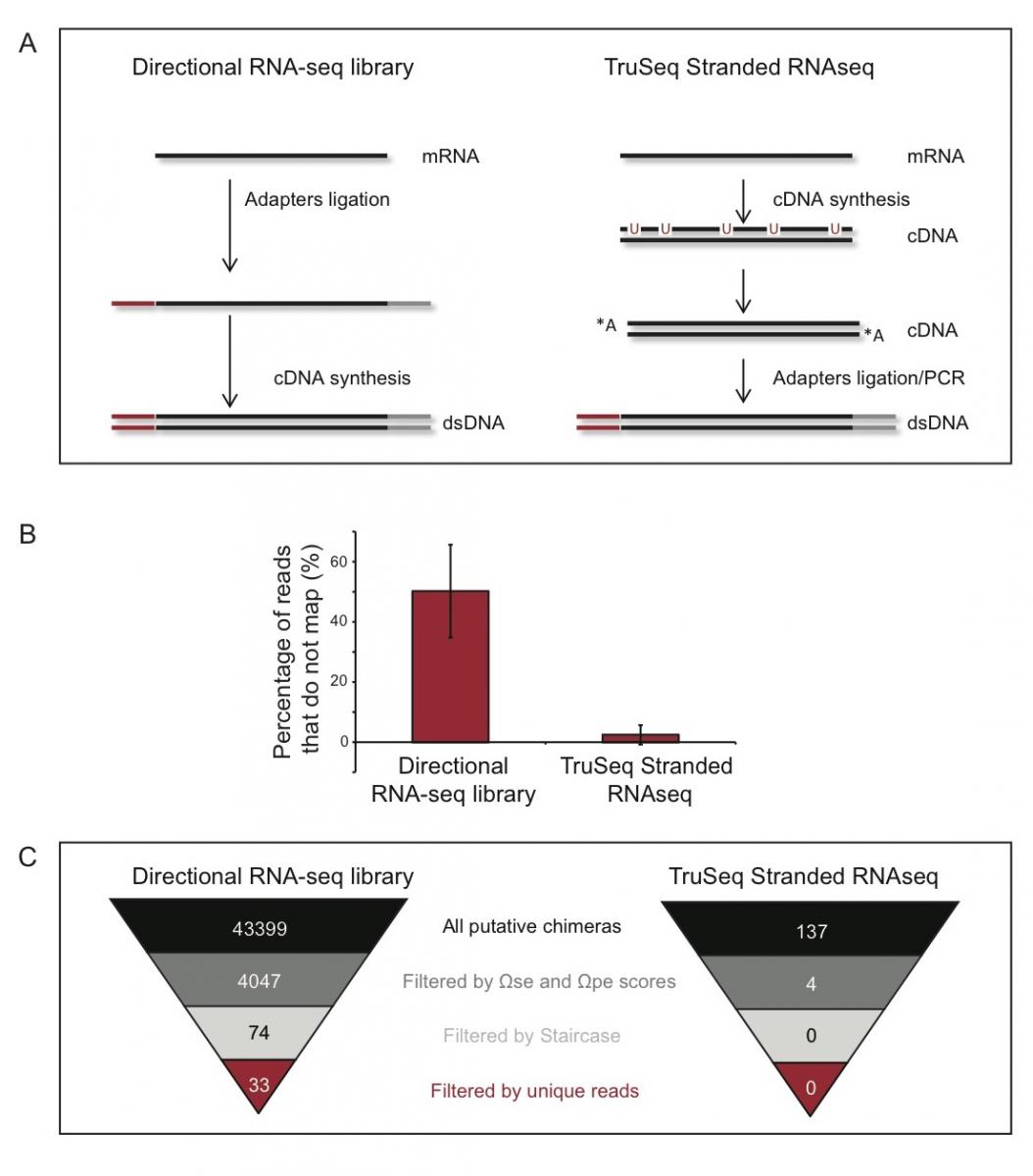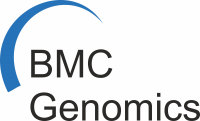 NEWS
NEWS
The importance of using the right scientific protocols and analysis: the case of the bacterial RNA chimeras
- In an article recently published at BMC Genomics, researchers from the CRG highlight the importance of selecting the appropriate experimental design and analysis pipeline in sequencing experiments.
The fast development of ultra-sequencing technologies requires a rapid adaptation of the sample preparation protocols and analysis pipelines. However, the latter do not usually advance in parallel with the former; given the fast pace of advancement of sequencing technologies, libraries of preparation methods and even the software tools used for analysis need to be adapted to these new technologies.
Researchers from the Design of Biological Systems group at the CRG studied sequencing data of the bacterium Mycoplasma pneumoniae and found that many reads could point to the existence of RNA chimeras, a kind of RNA molecules formed by two sequences that are located far apart in the genome. "We wanted to determine if prokaryotic RNA chimeras exist and to what extent they may be the result of artifact generation both in the library preparation protocols and the analysis methods" says Verónica Lloréns-Rico, first author of the study.
Therefore, they mixed the RNAs of two different bacteria (Mycoplasma pneumoniae and Pseudomonas aeruginosa) and after sequencing, they found that many reads were mapping partly to the reference genome of each species.
After analyzing this dataset with four different computational pipelines, including one designed by themselves, they concluded that the observed chimeric RNAs were artifacts formed during the sample preparation prior to sequencing. They later analyzed a sample that was sequenced with a different preparation protocol and no chimeras were found by any of the analysis methods.

Comparison between different methodologies to prepare RNA-seq libraries
"We concluded that these artifacts are protocol-dependent and that care should be taken when choosing a sample preparation method or a computational pipeline to analyze the sequencing results, prior to the annotation of new chimeric RNAs in different species" says Maria Lluch-Senar, co-author of the study.
Related paper: Lloréns-Rico, V; Serrano, L; Lluch-Senar, M. Assessing the hodgepodge of non-mapped reads in bacterial transcriptomes: real or artifactual RNA chimeras? BMC Genomics 2014, 15:633 doi:10.1186/1471-2164-15-633

